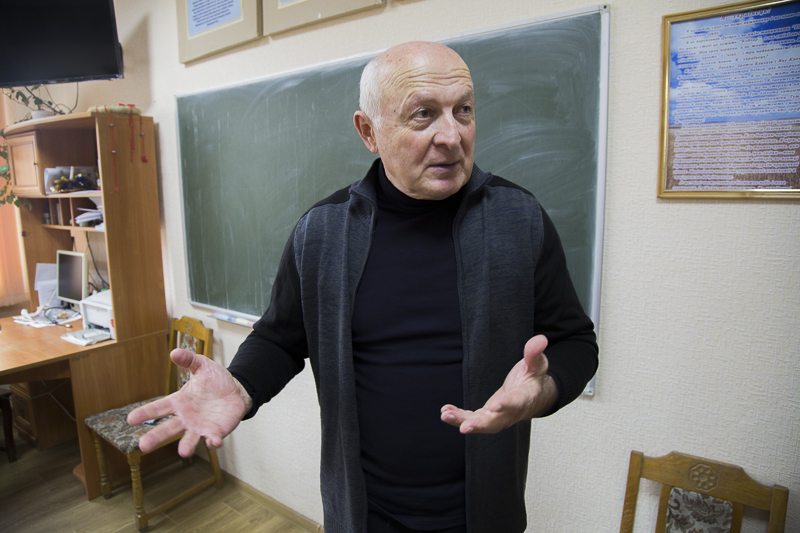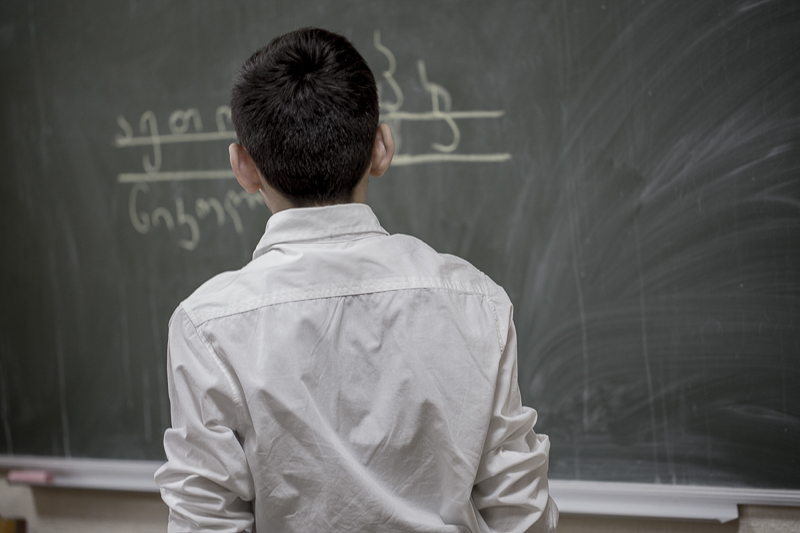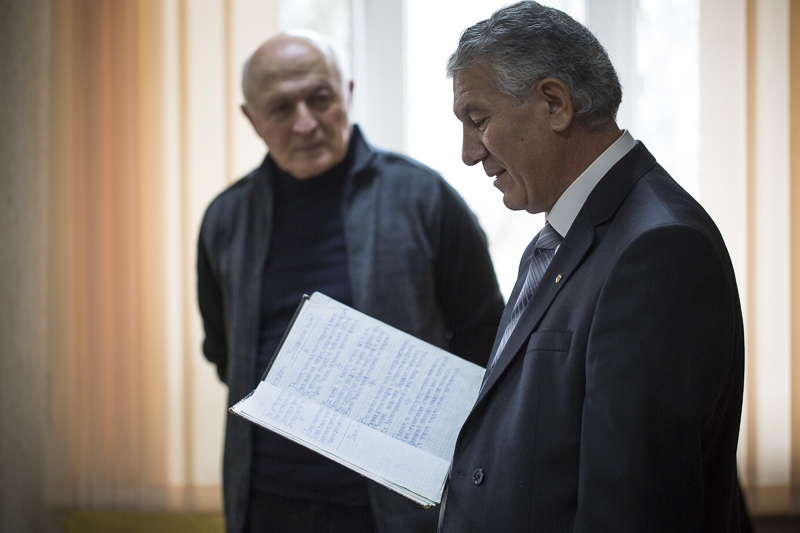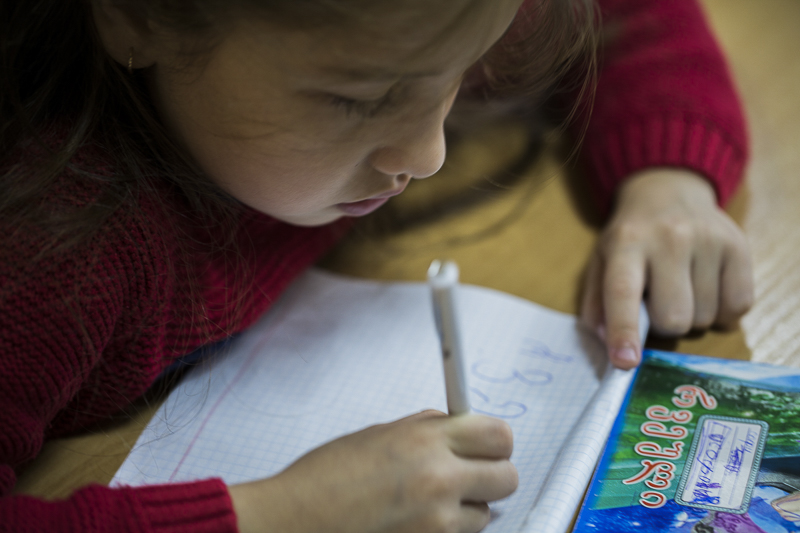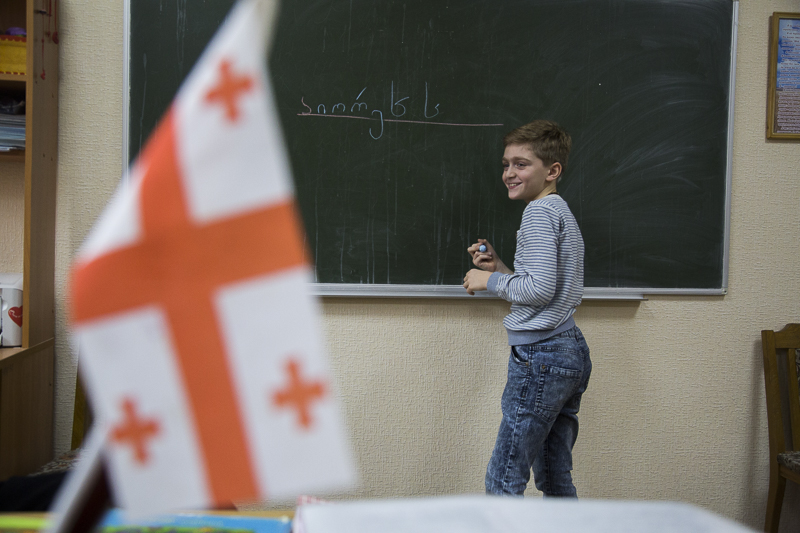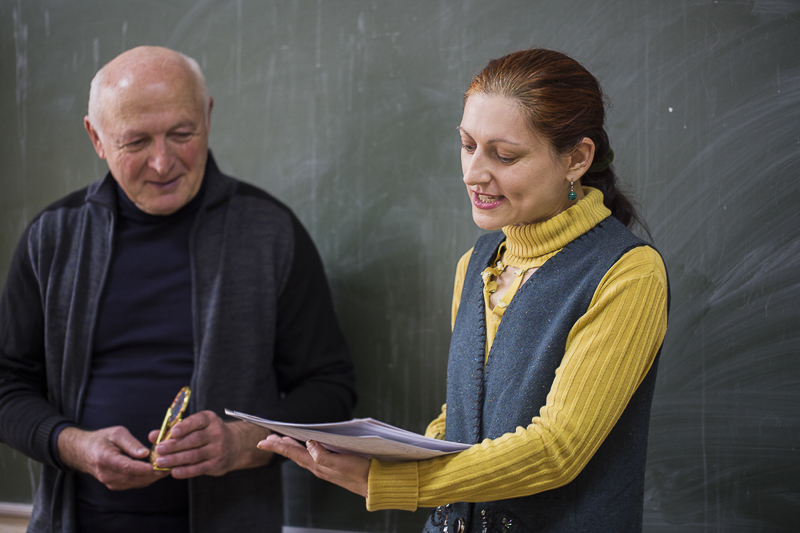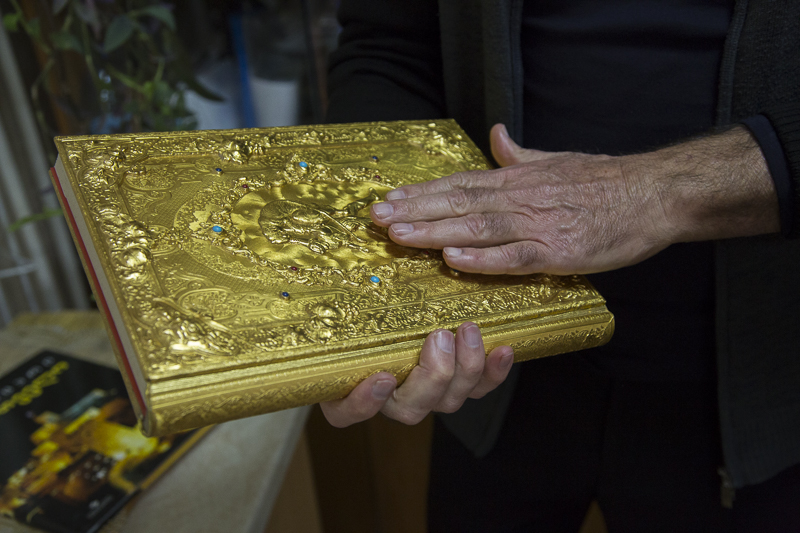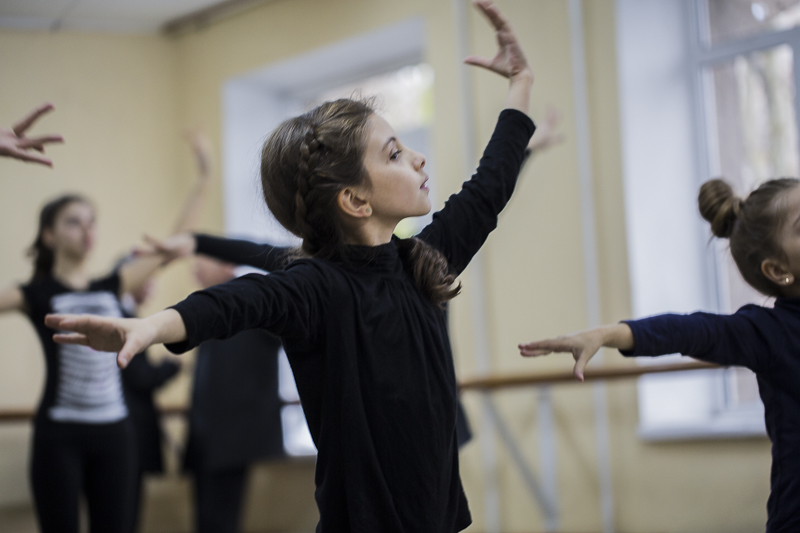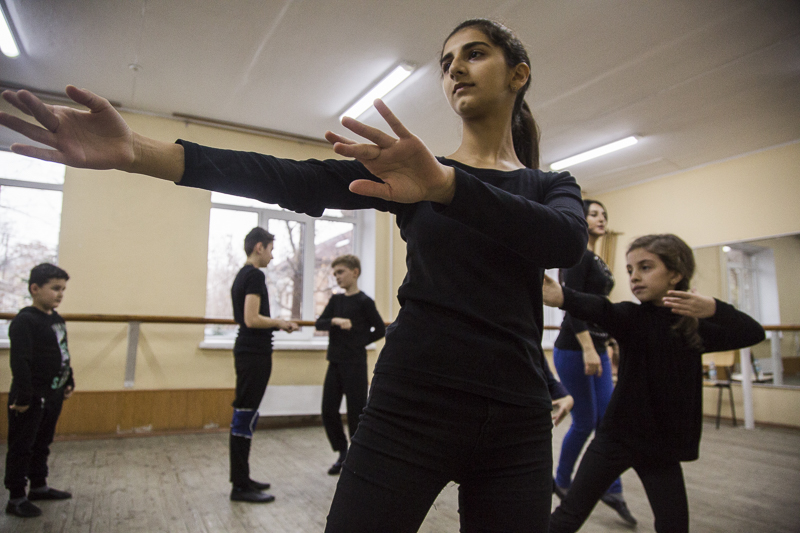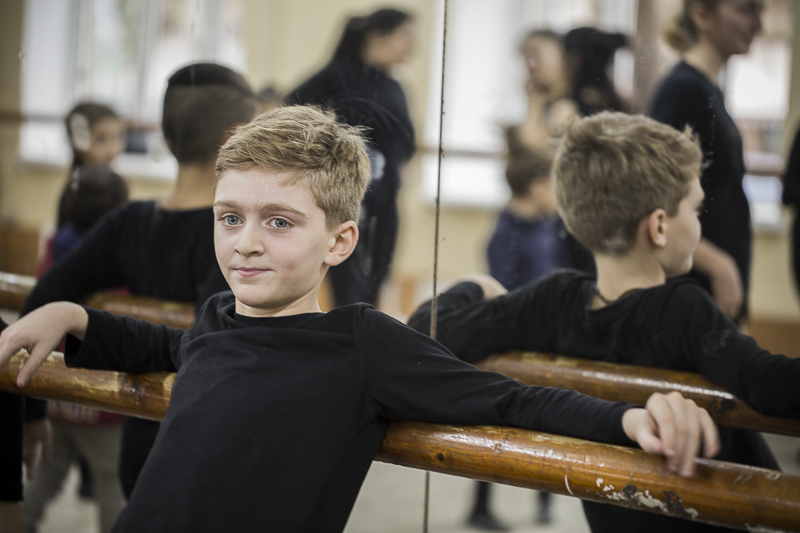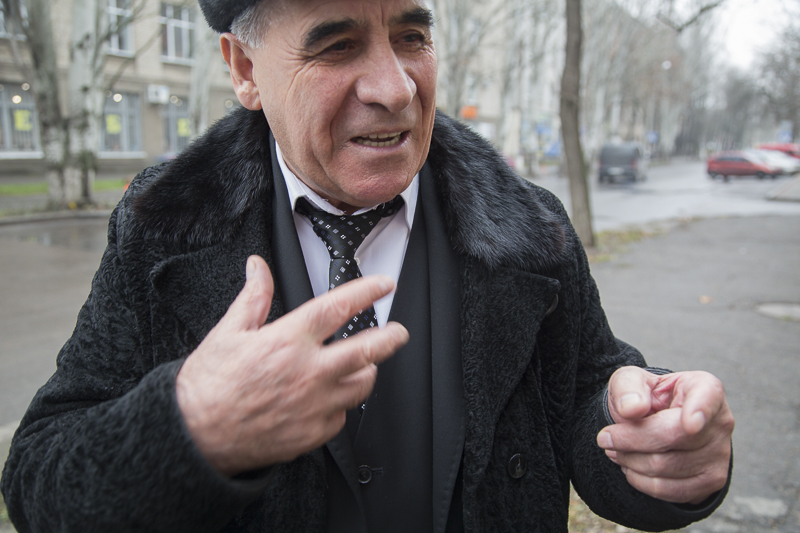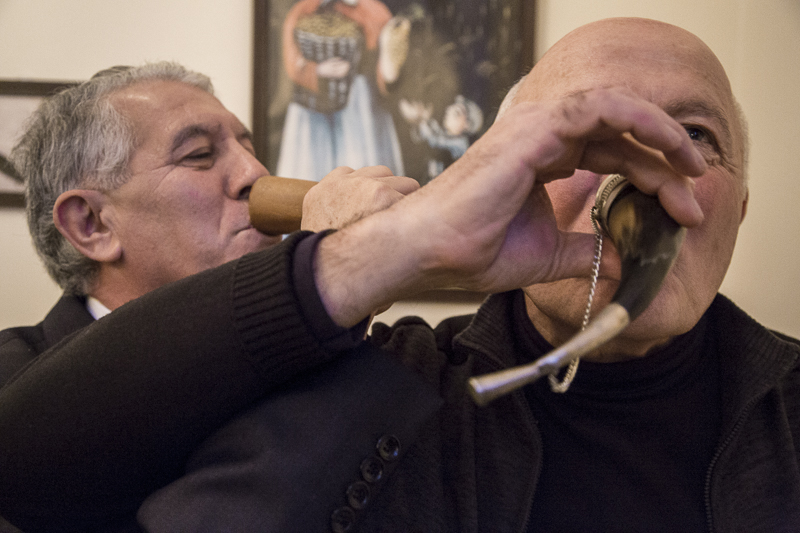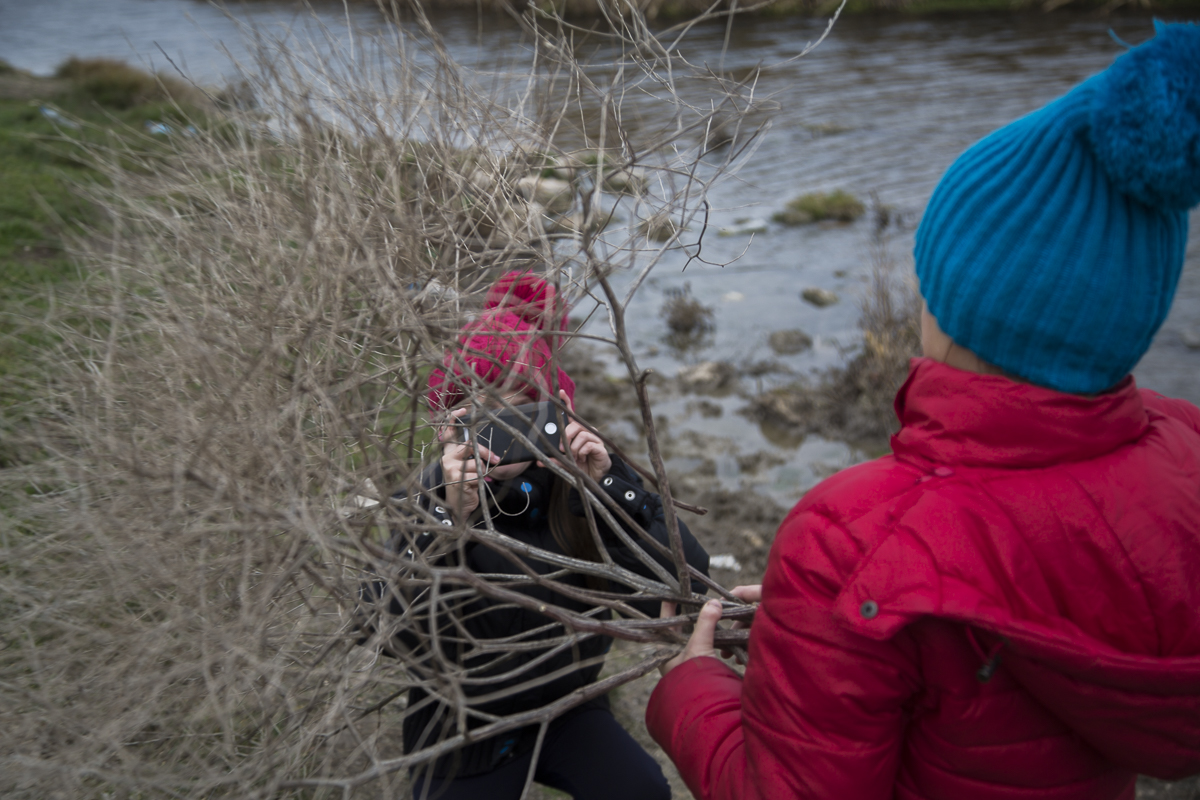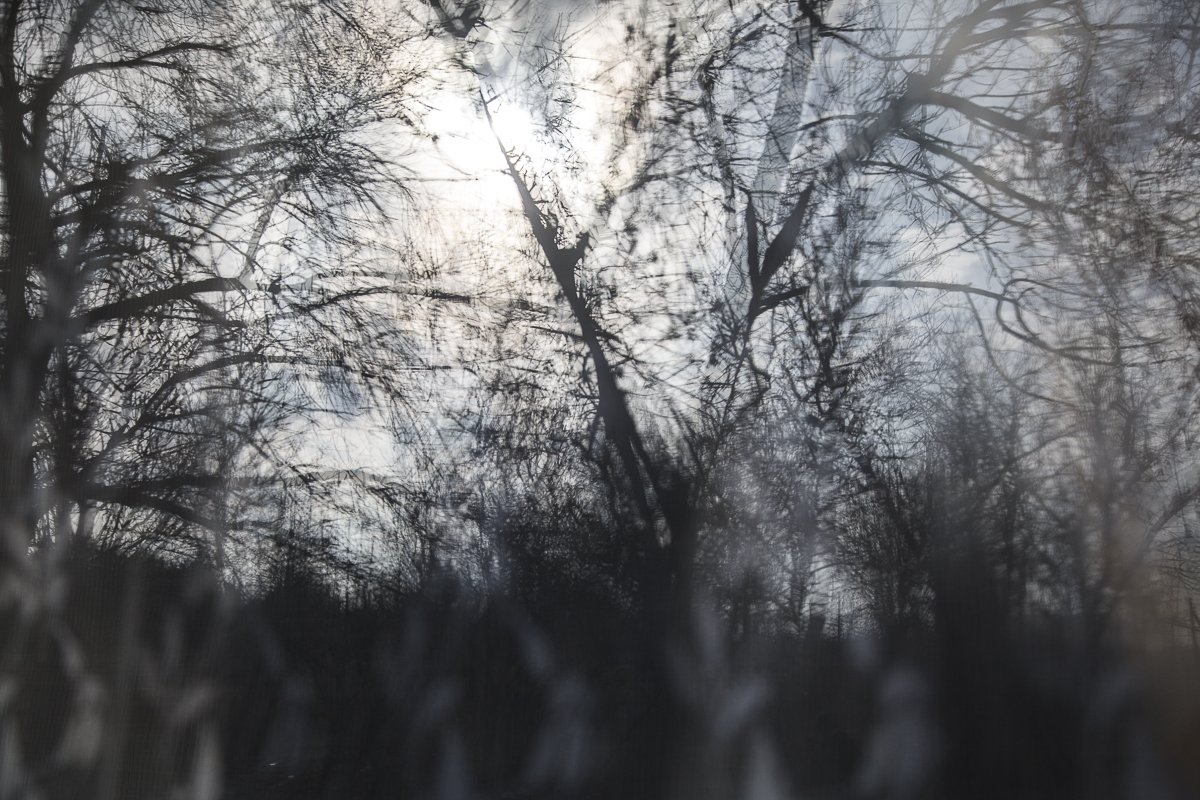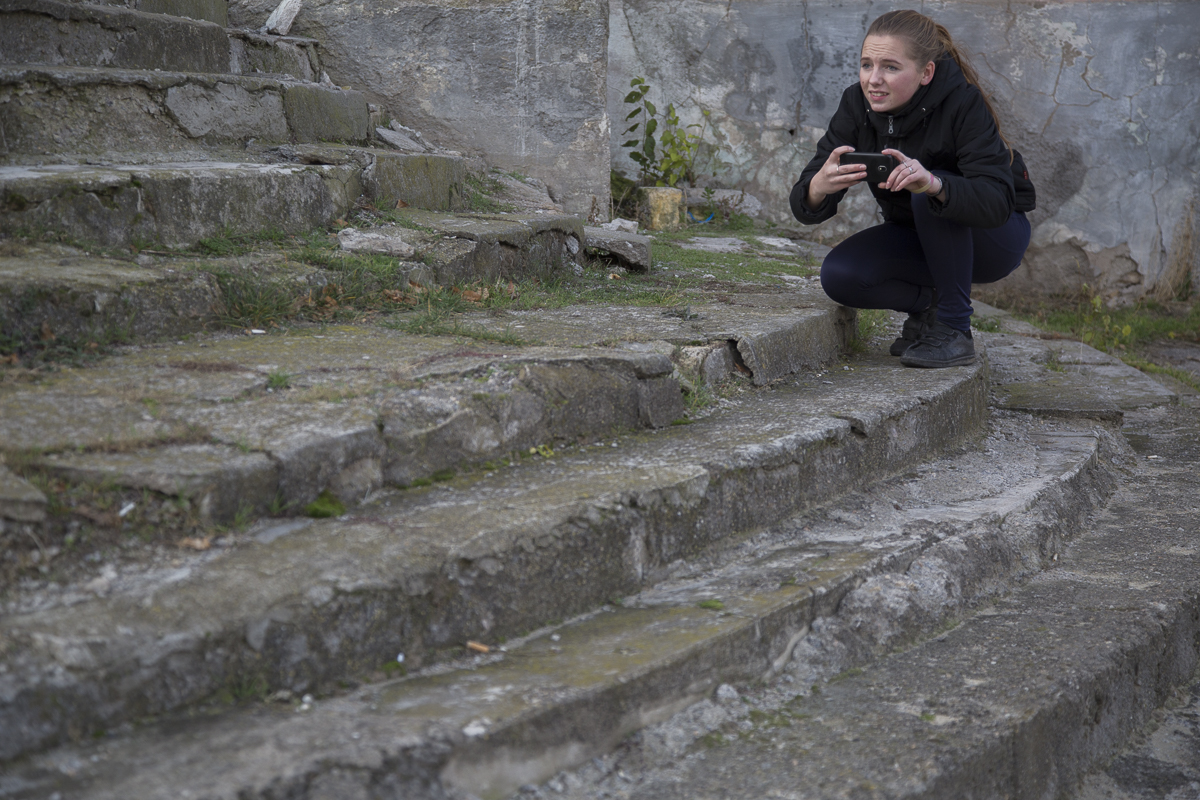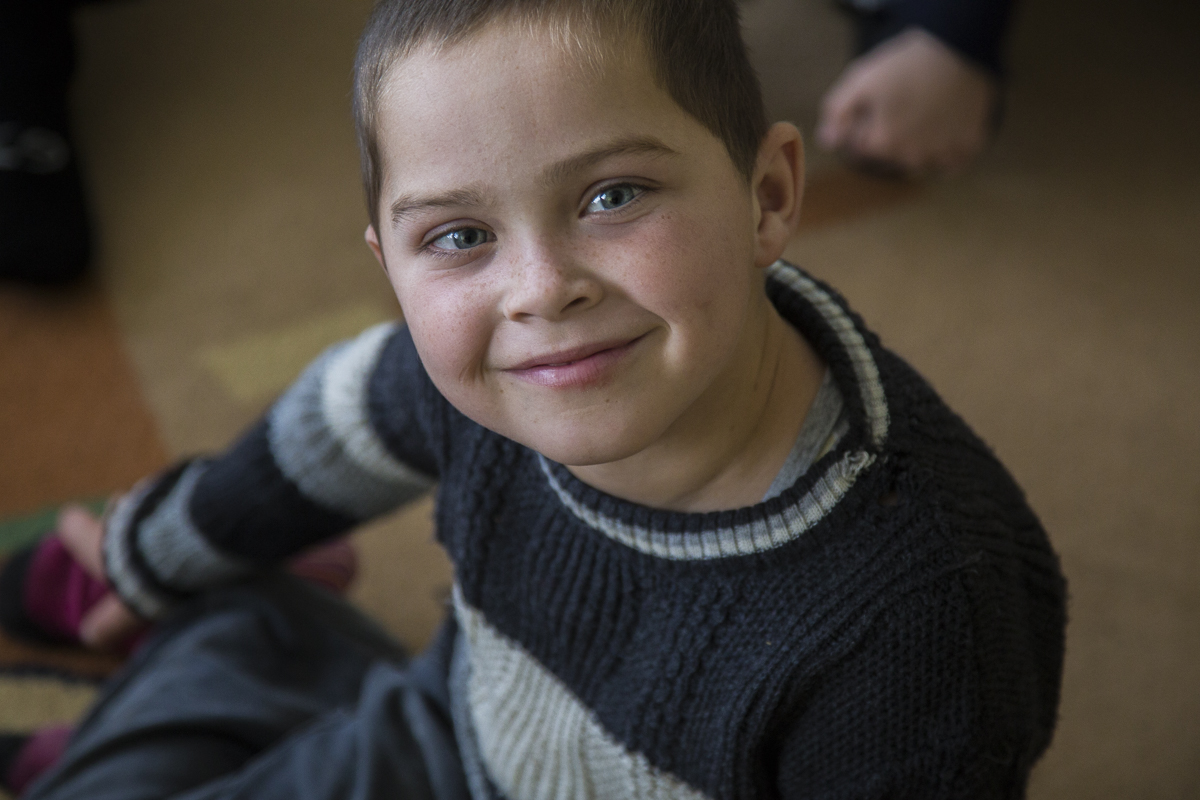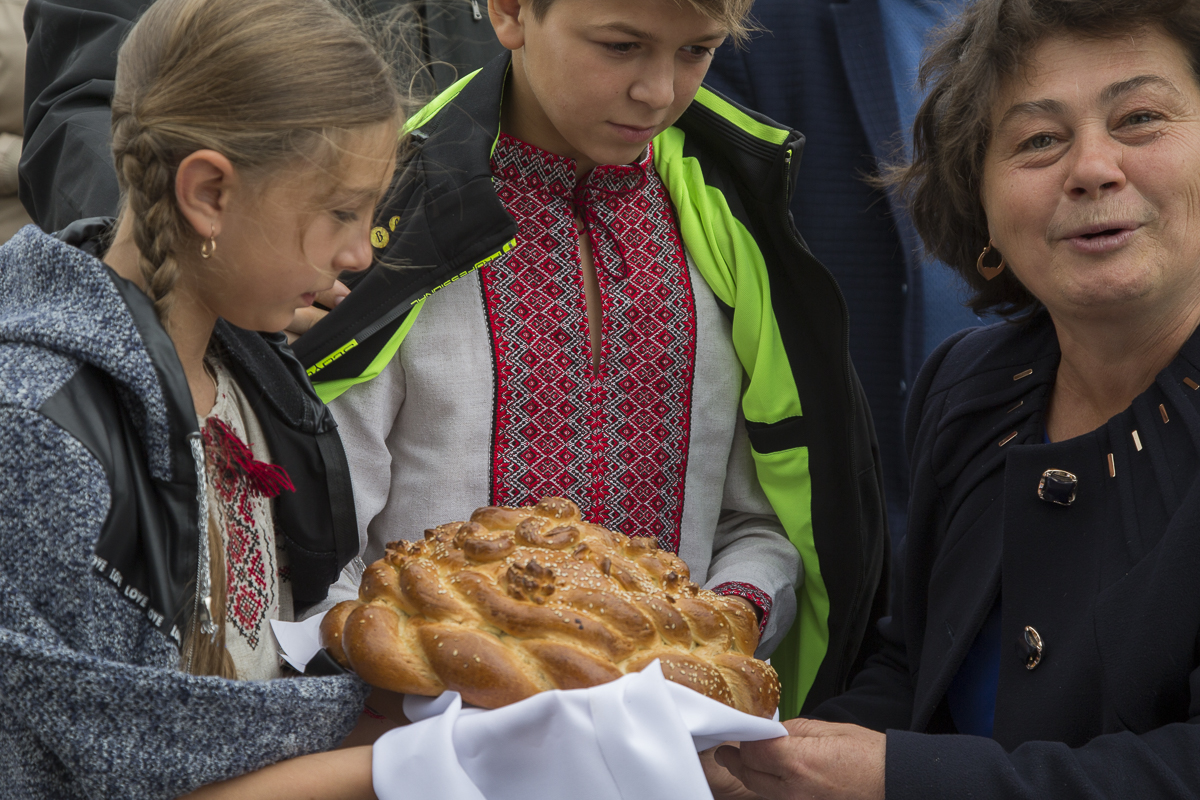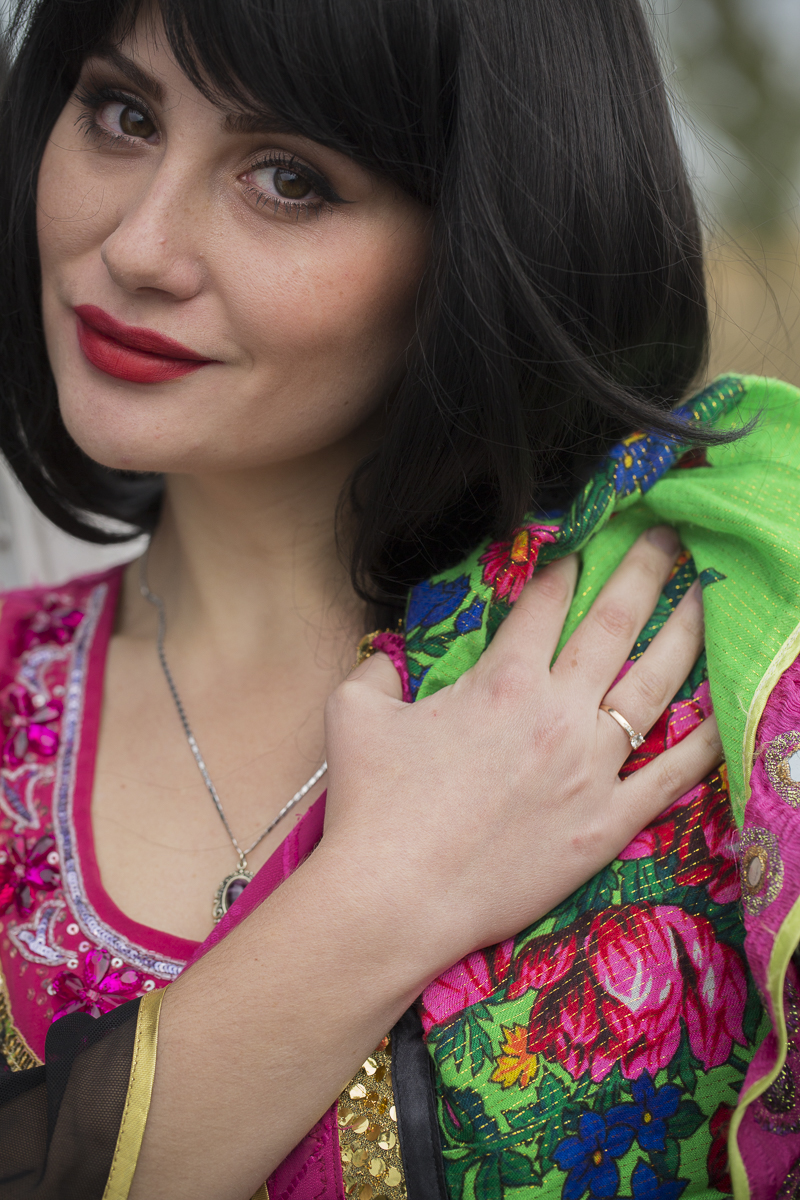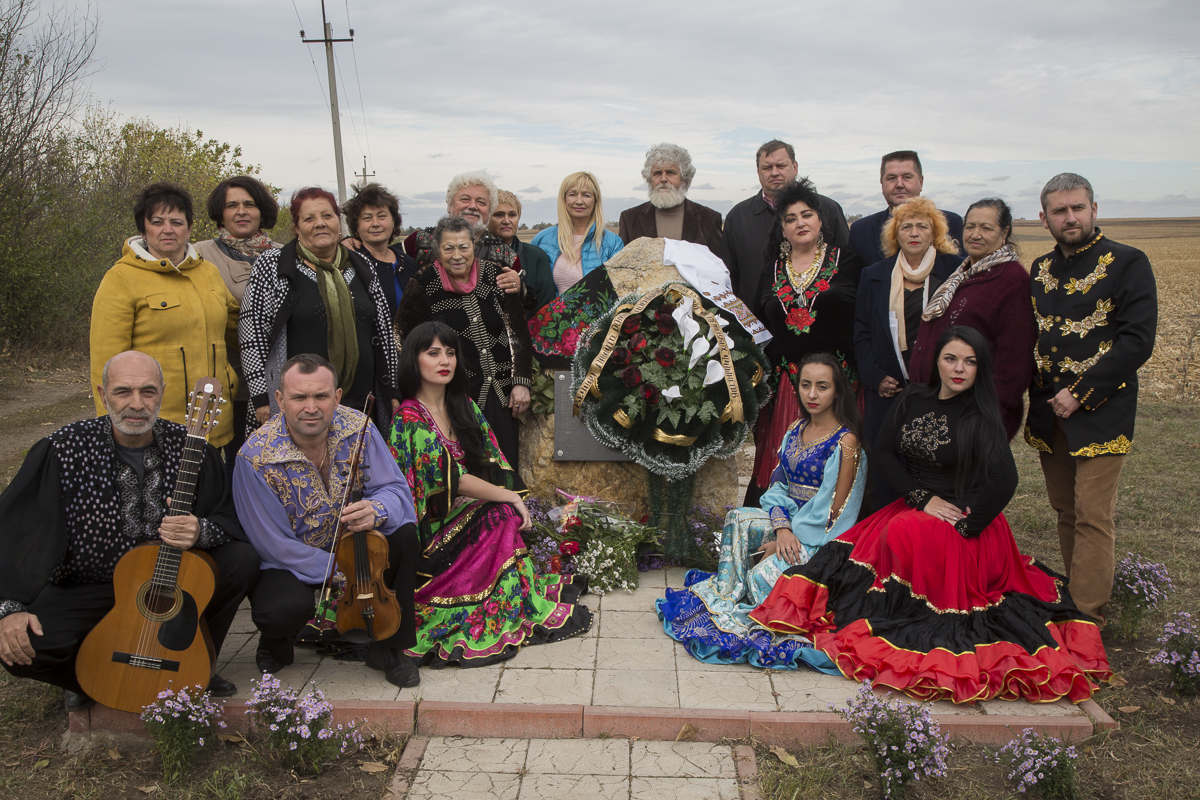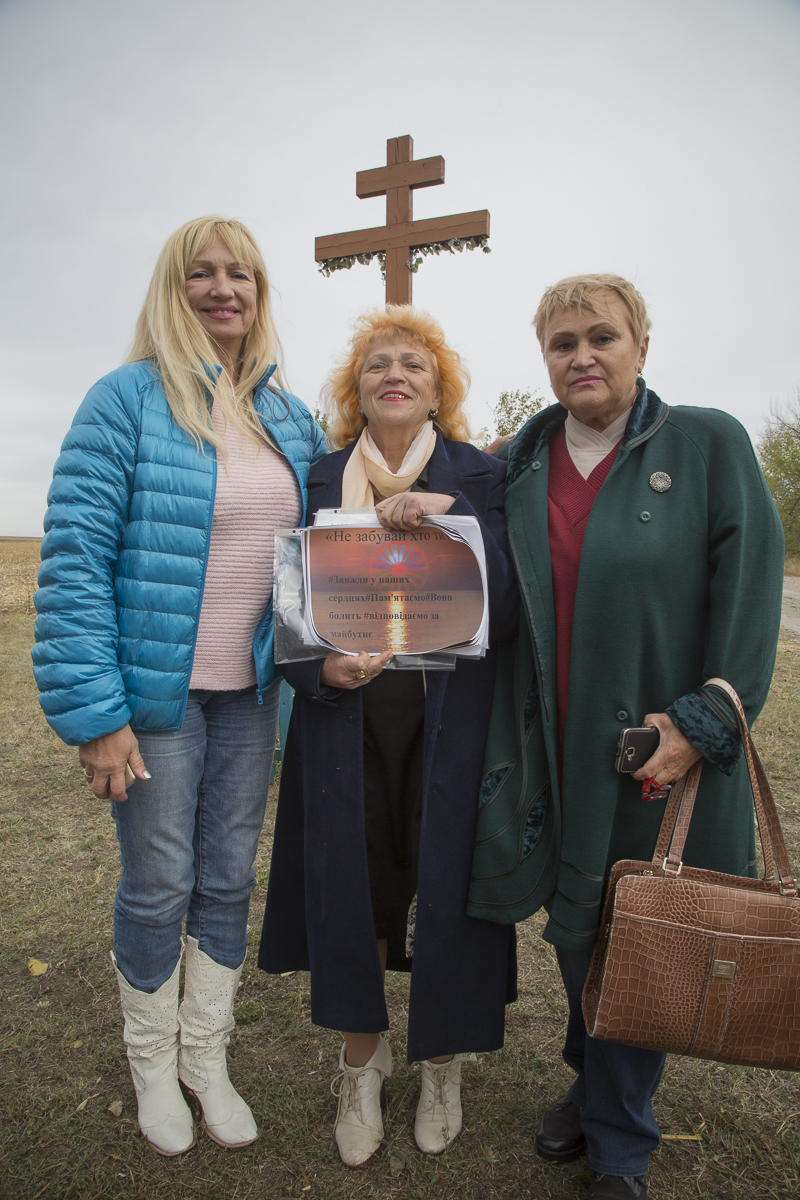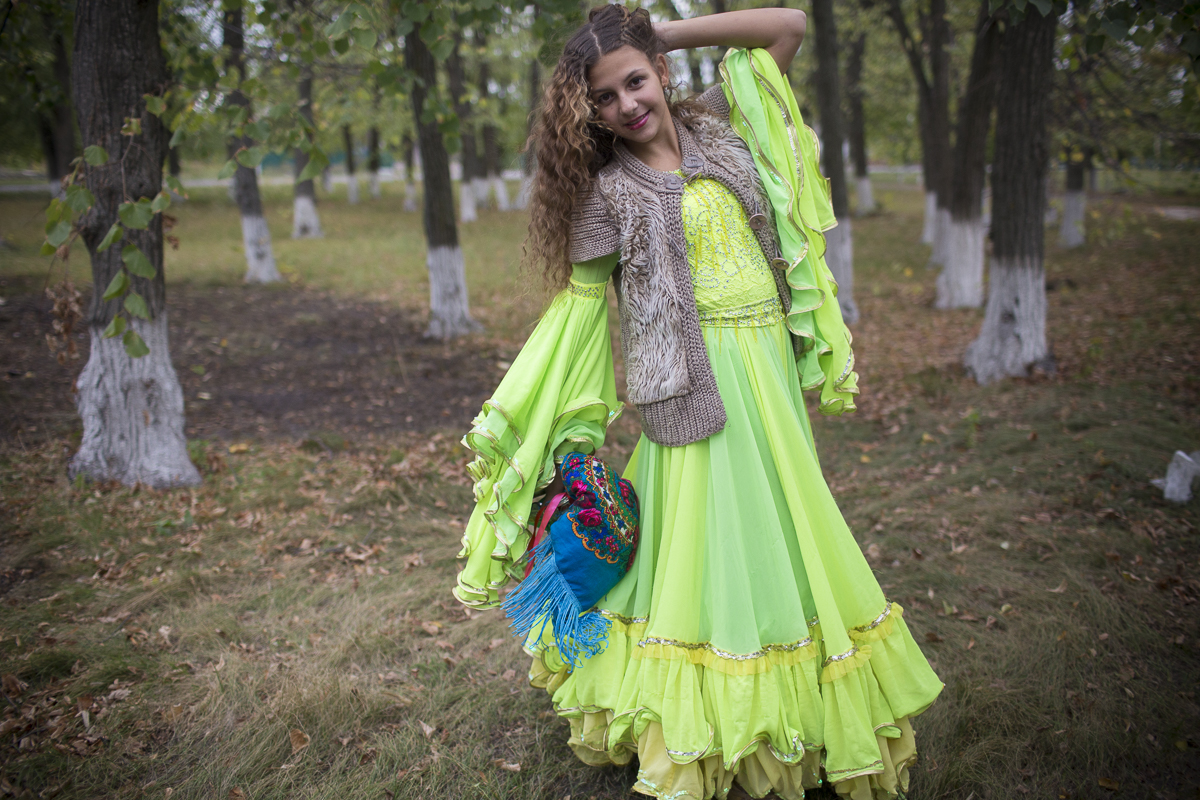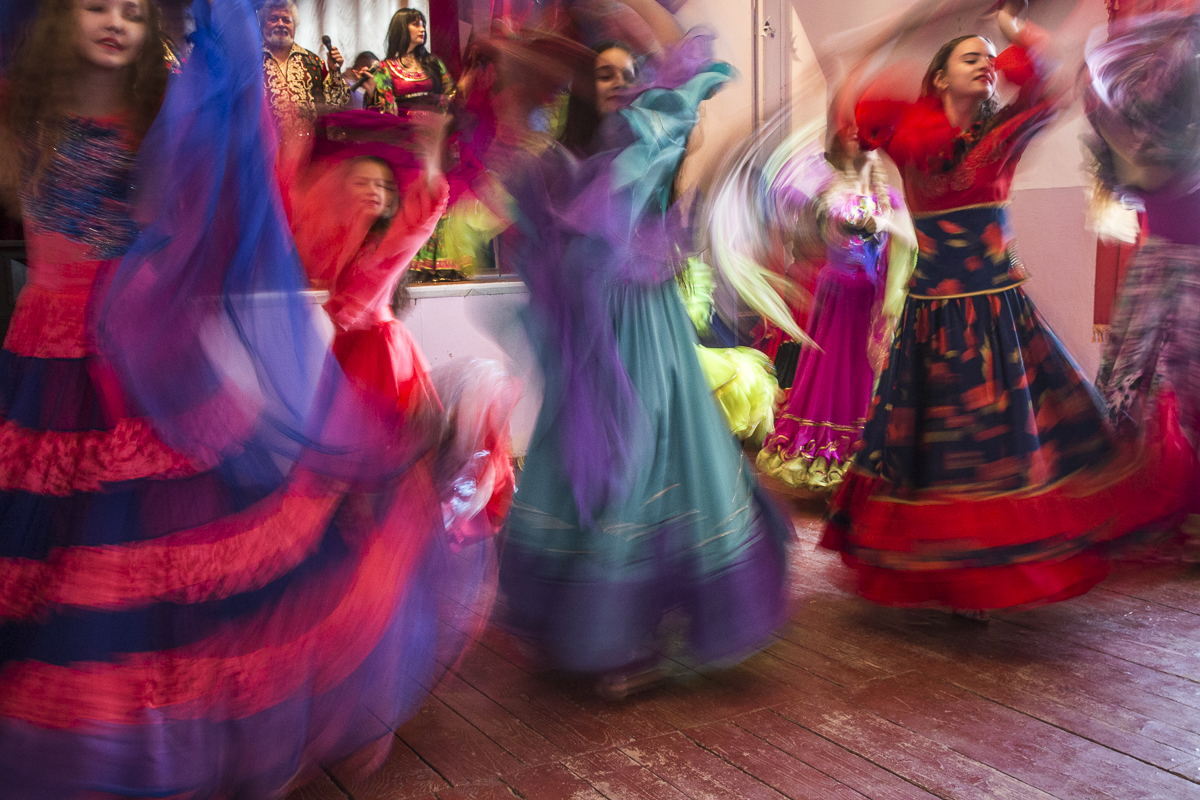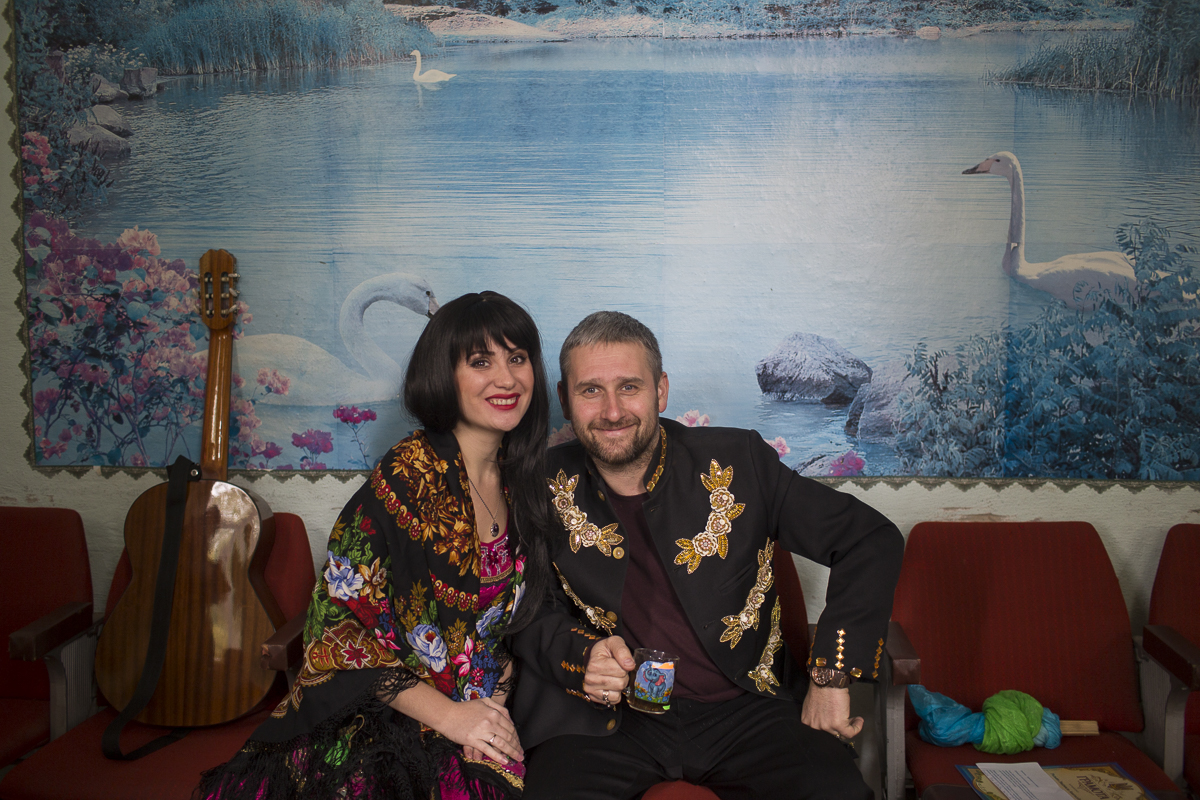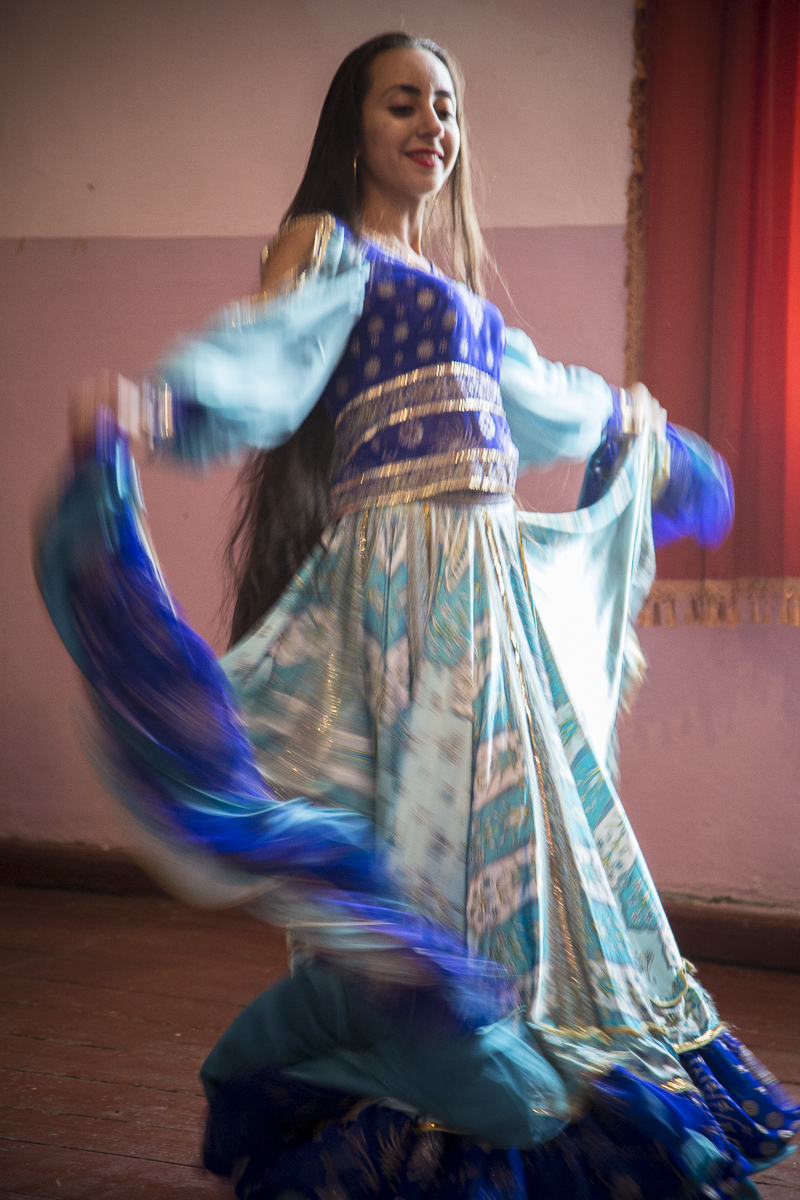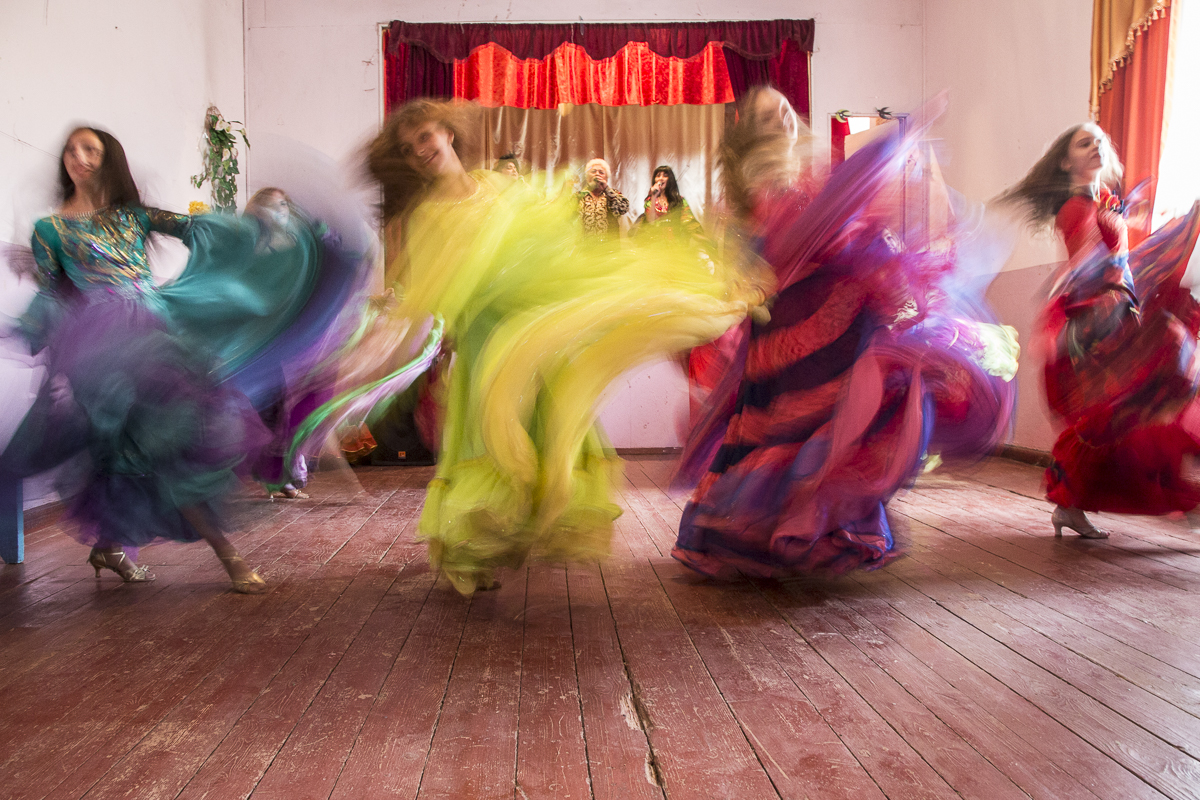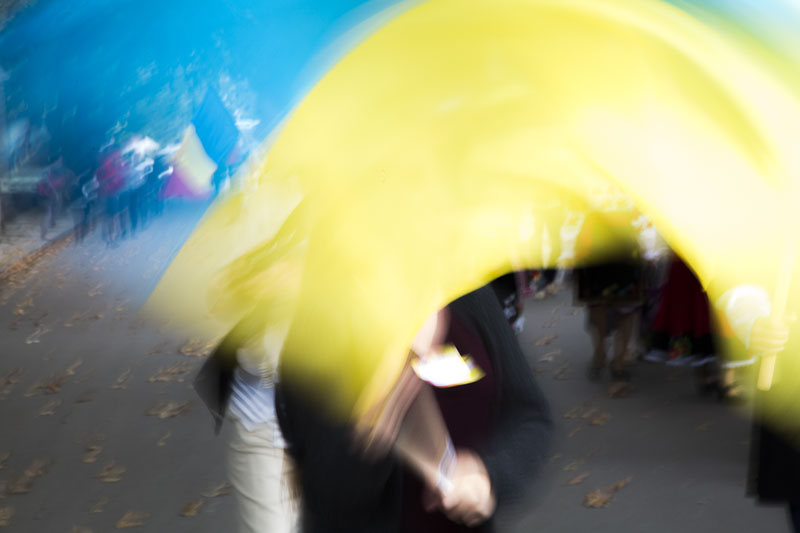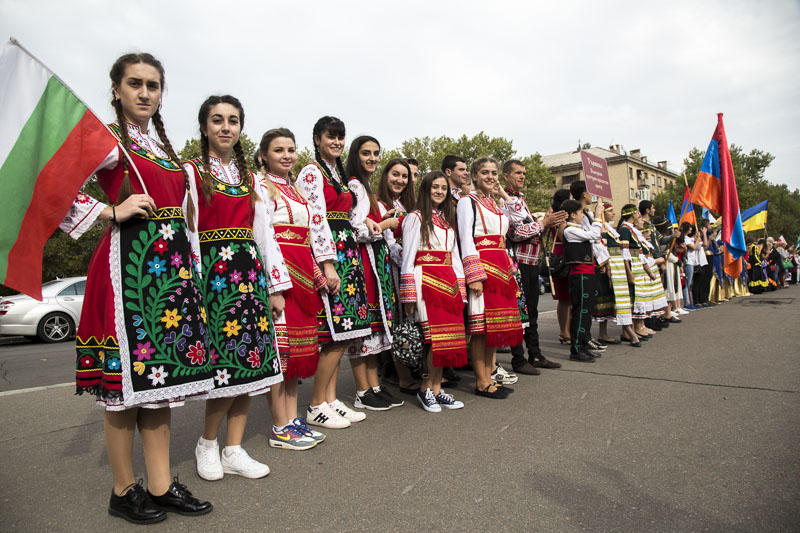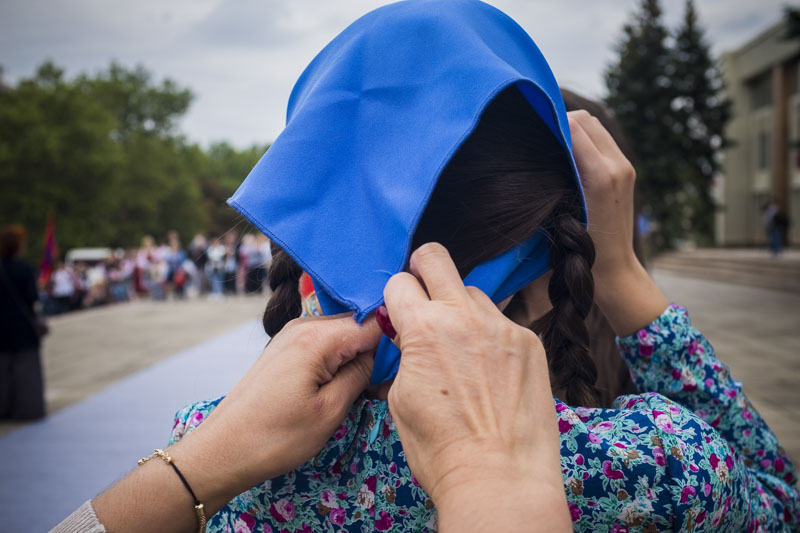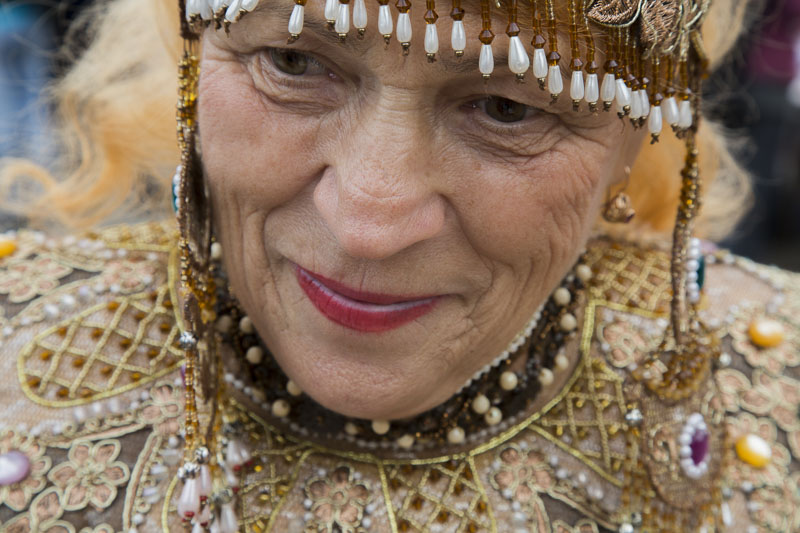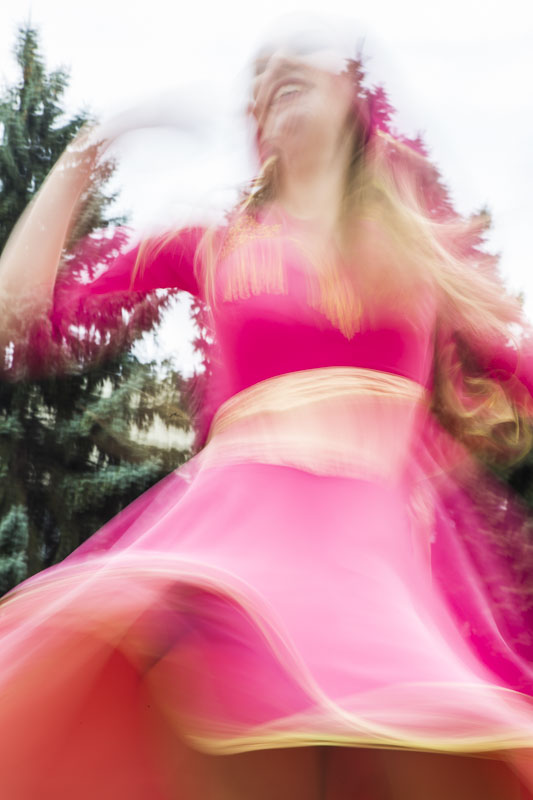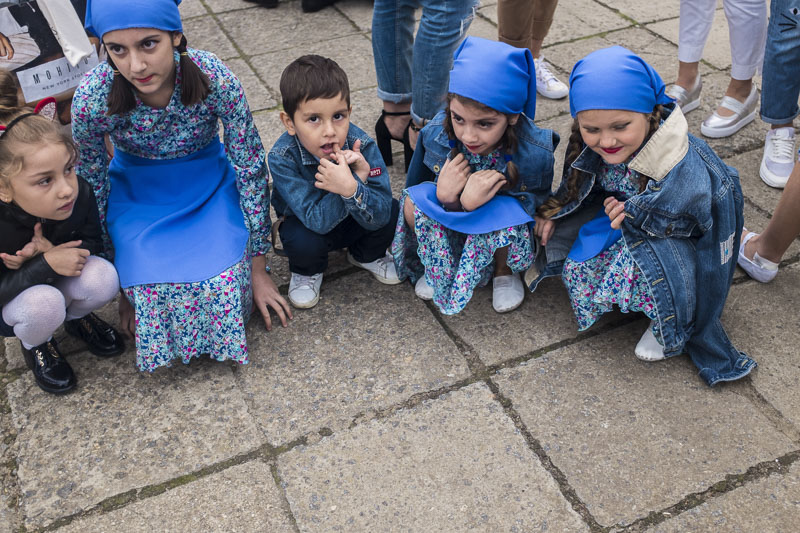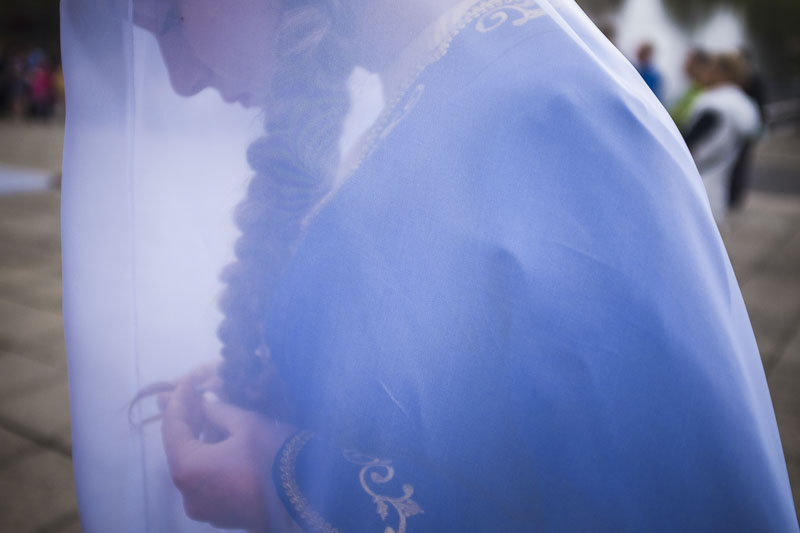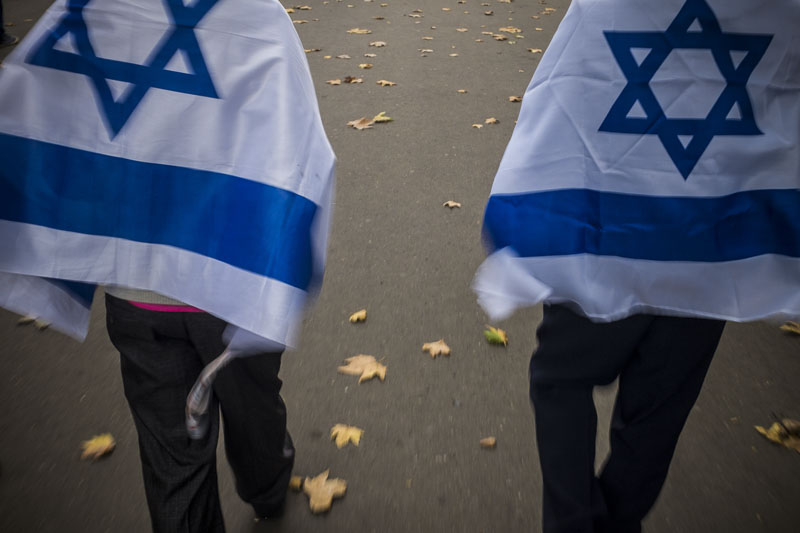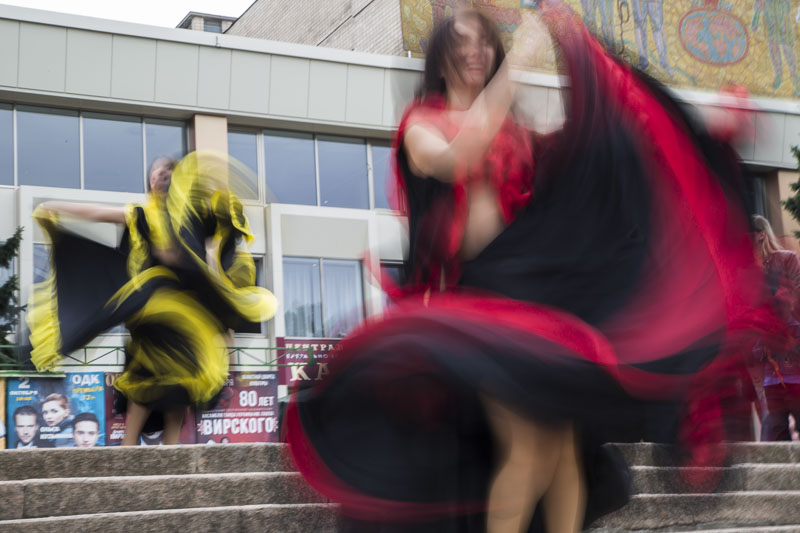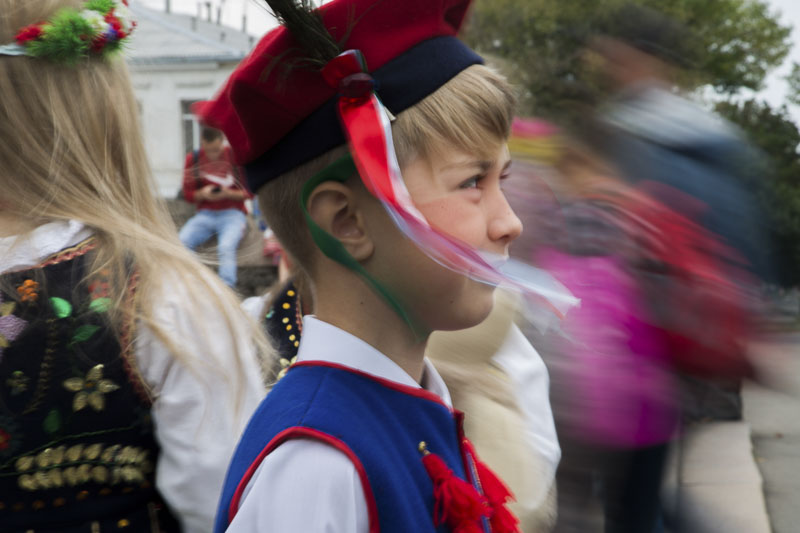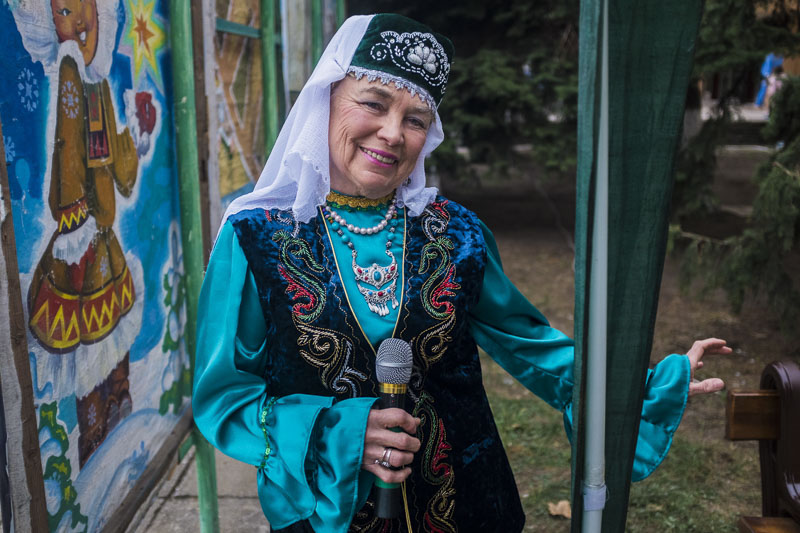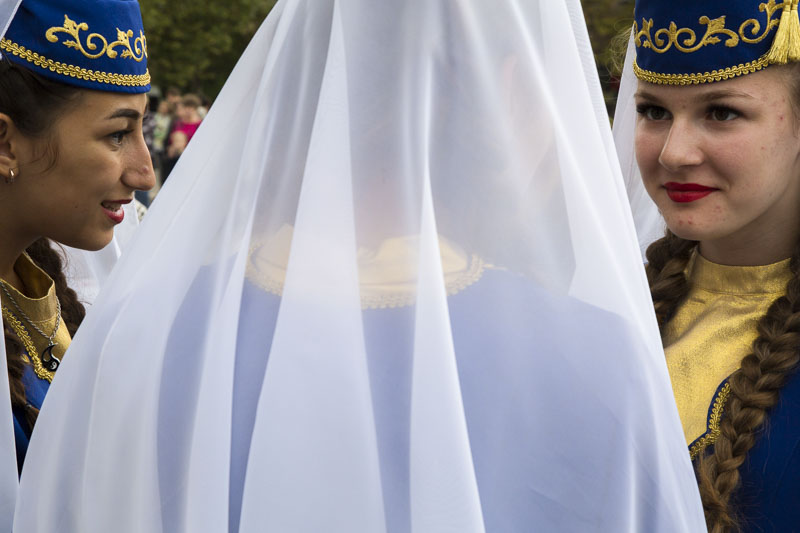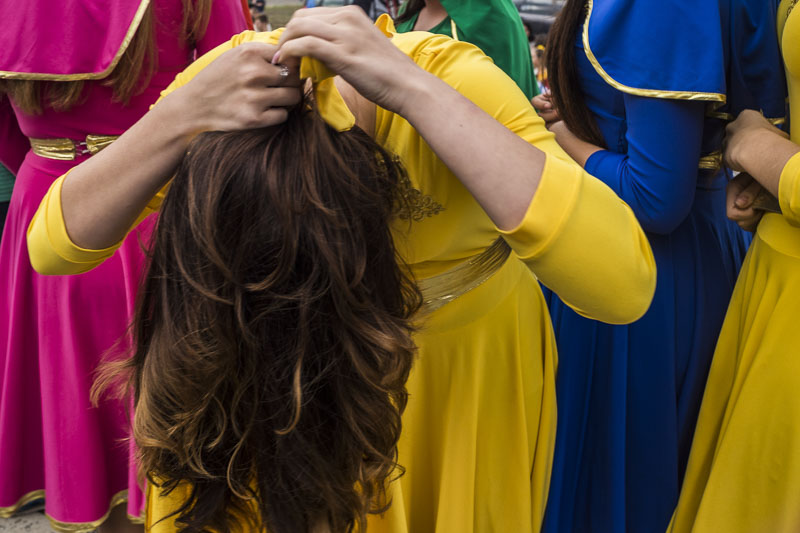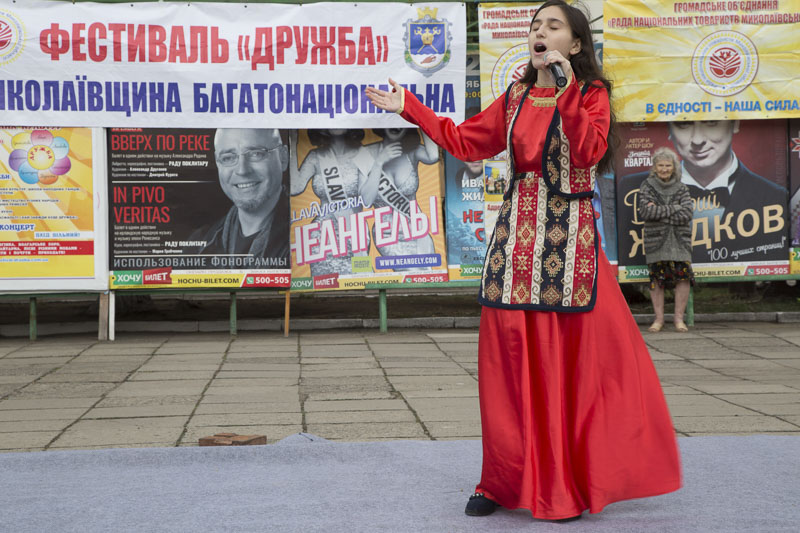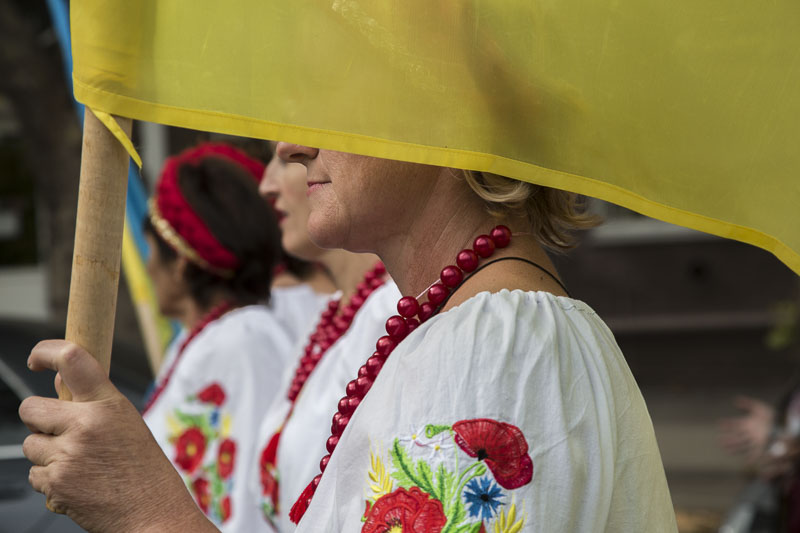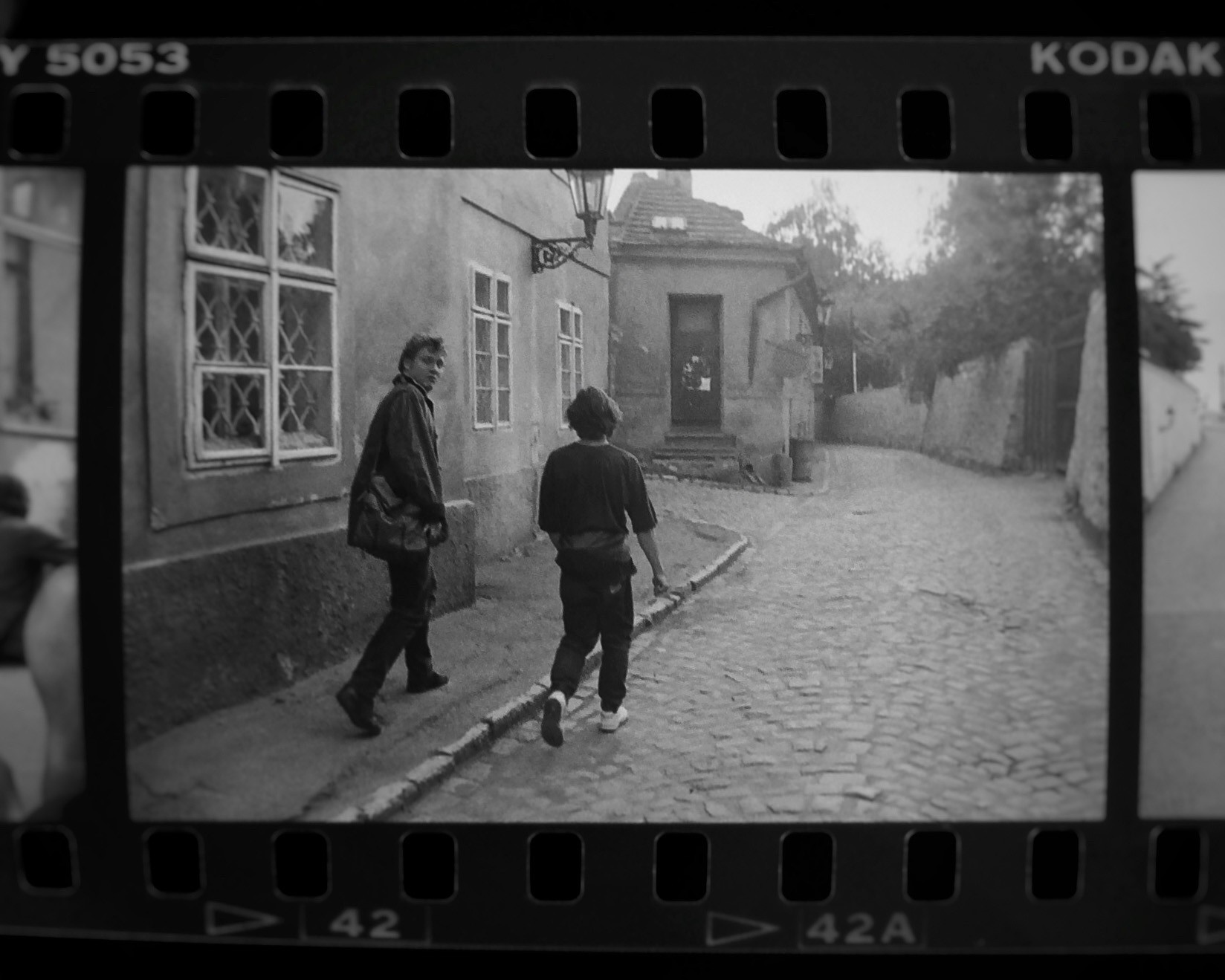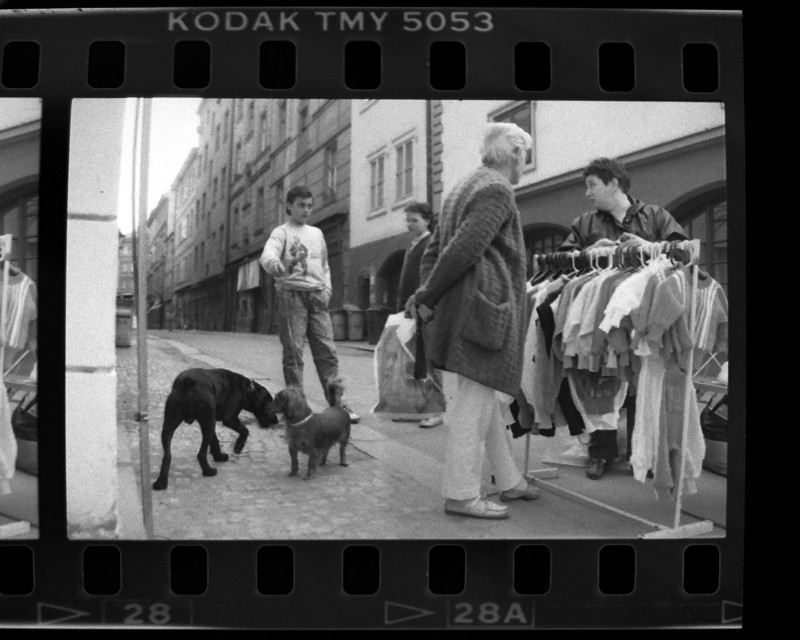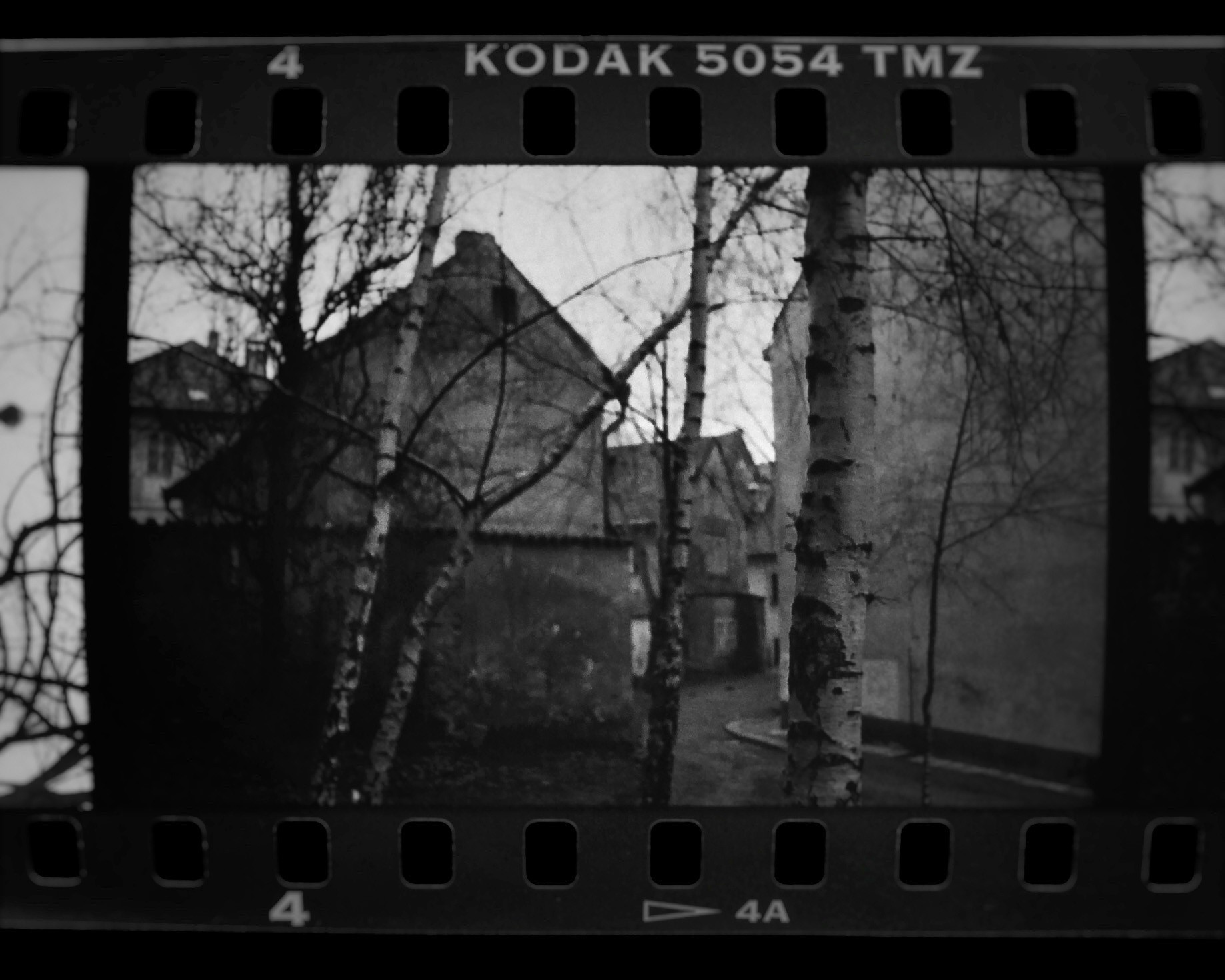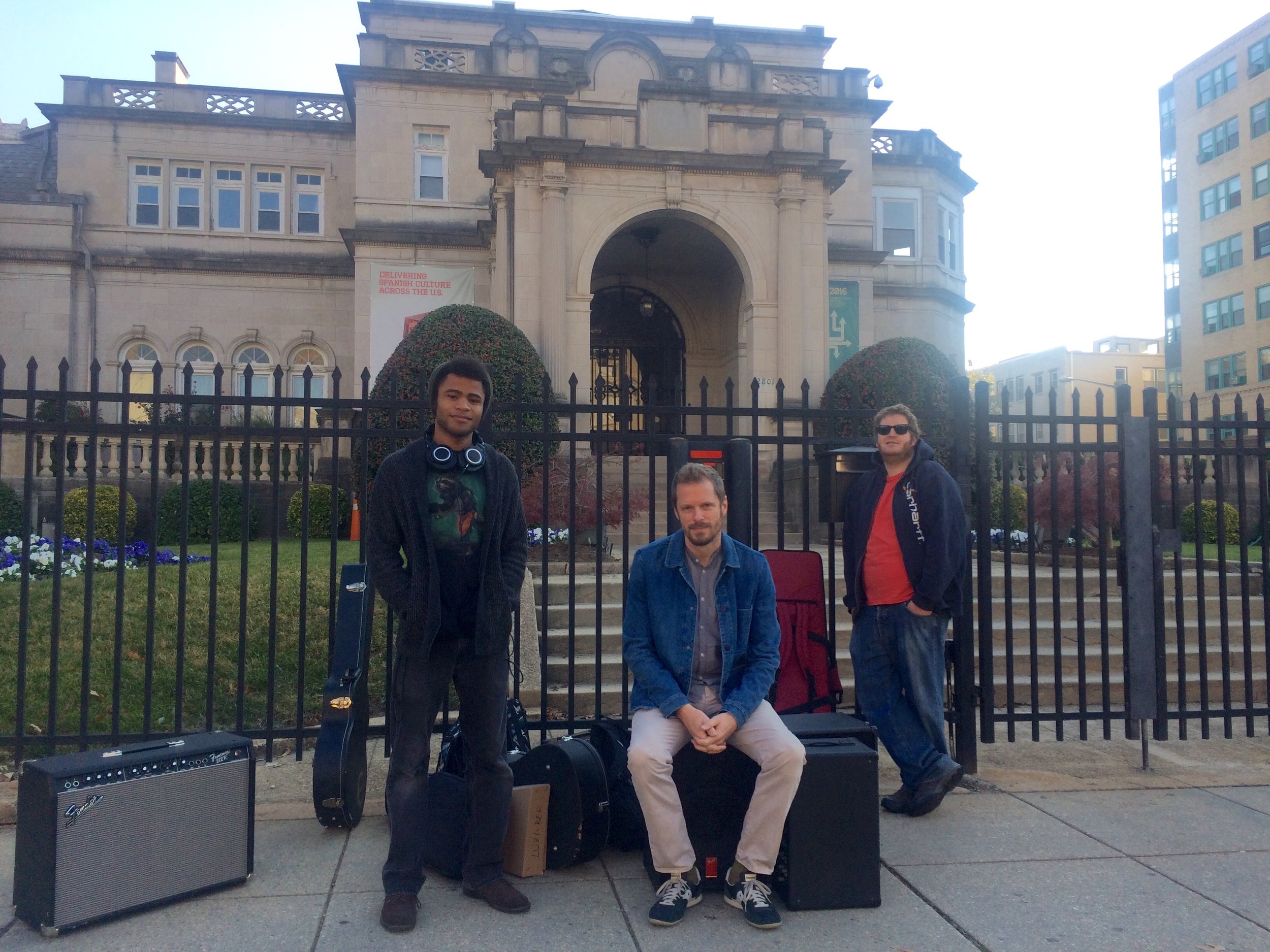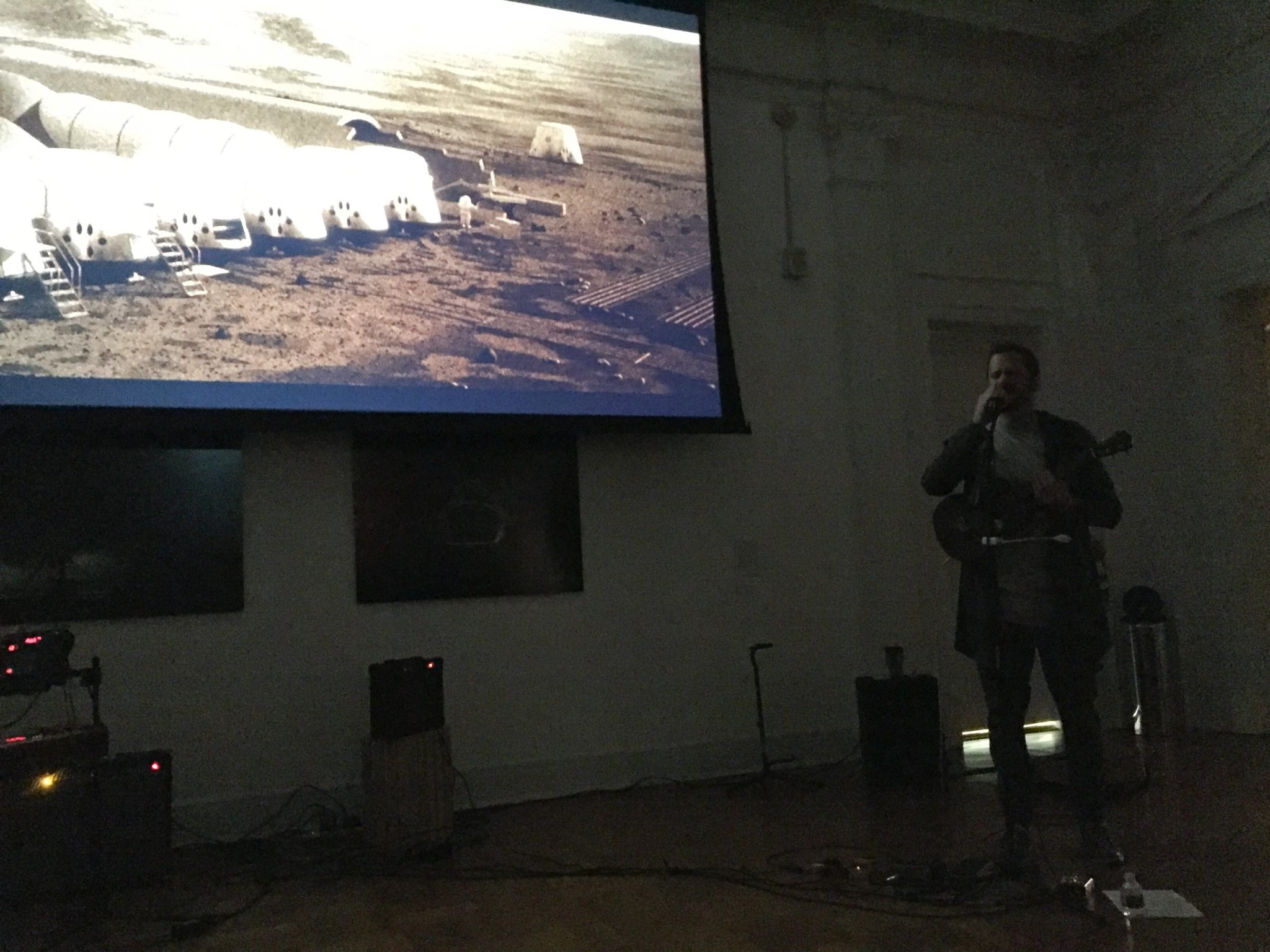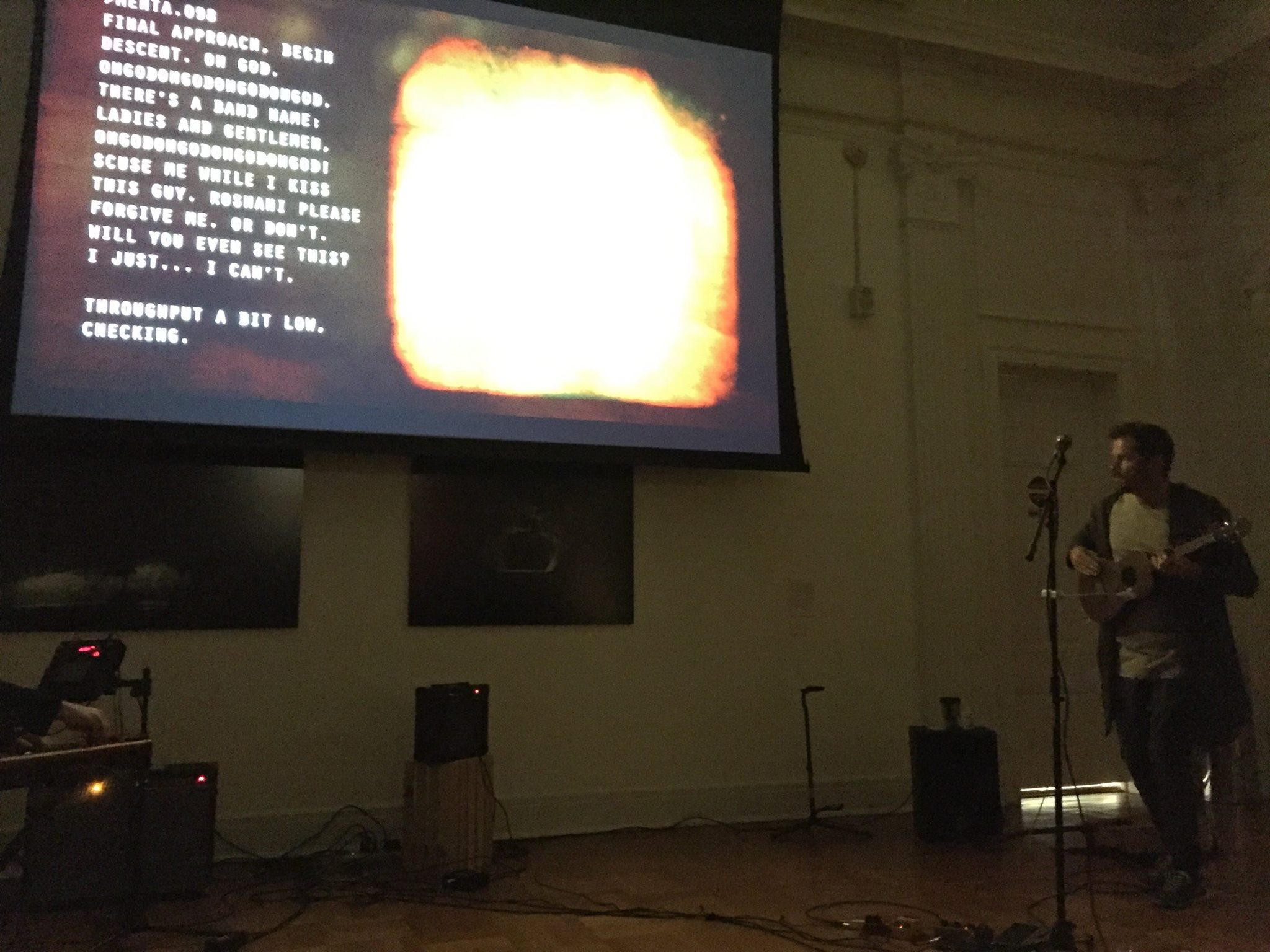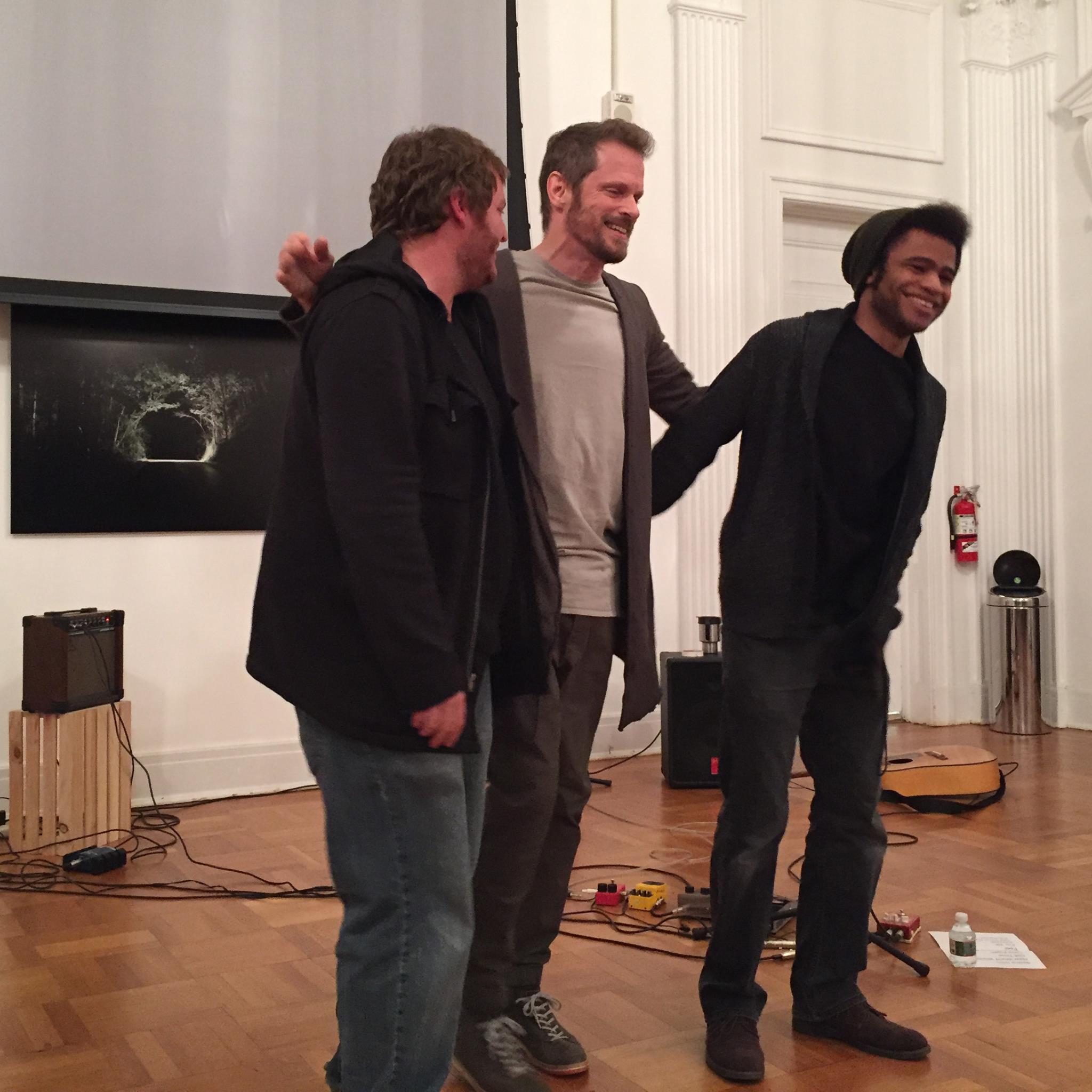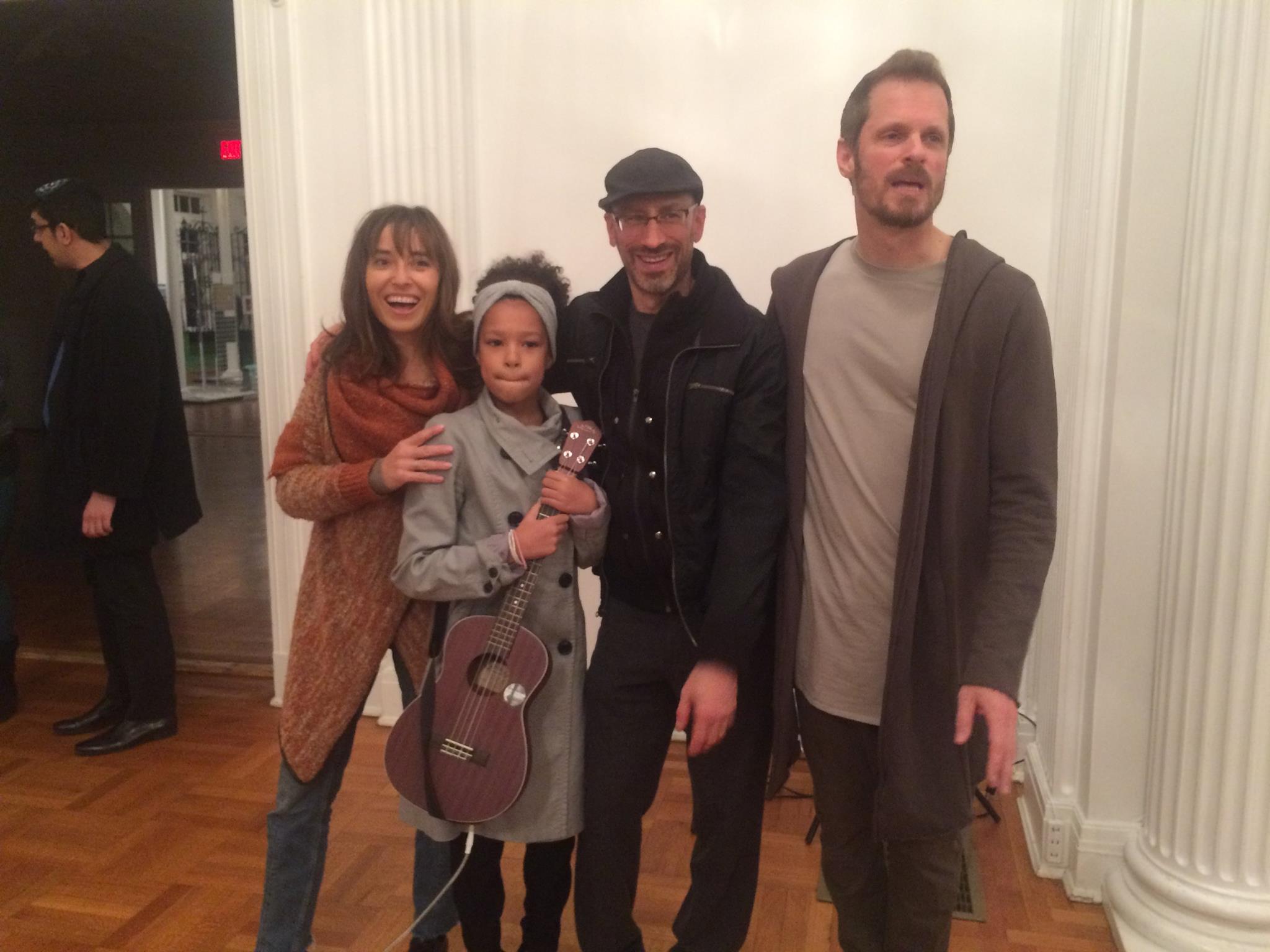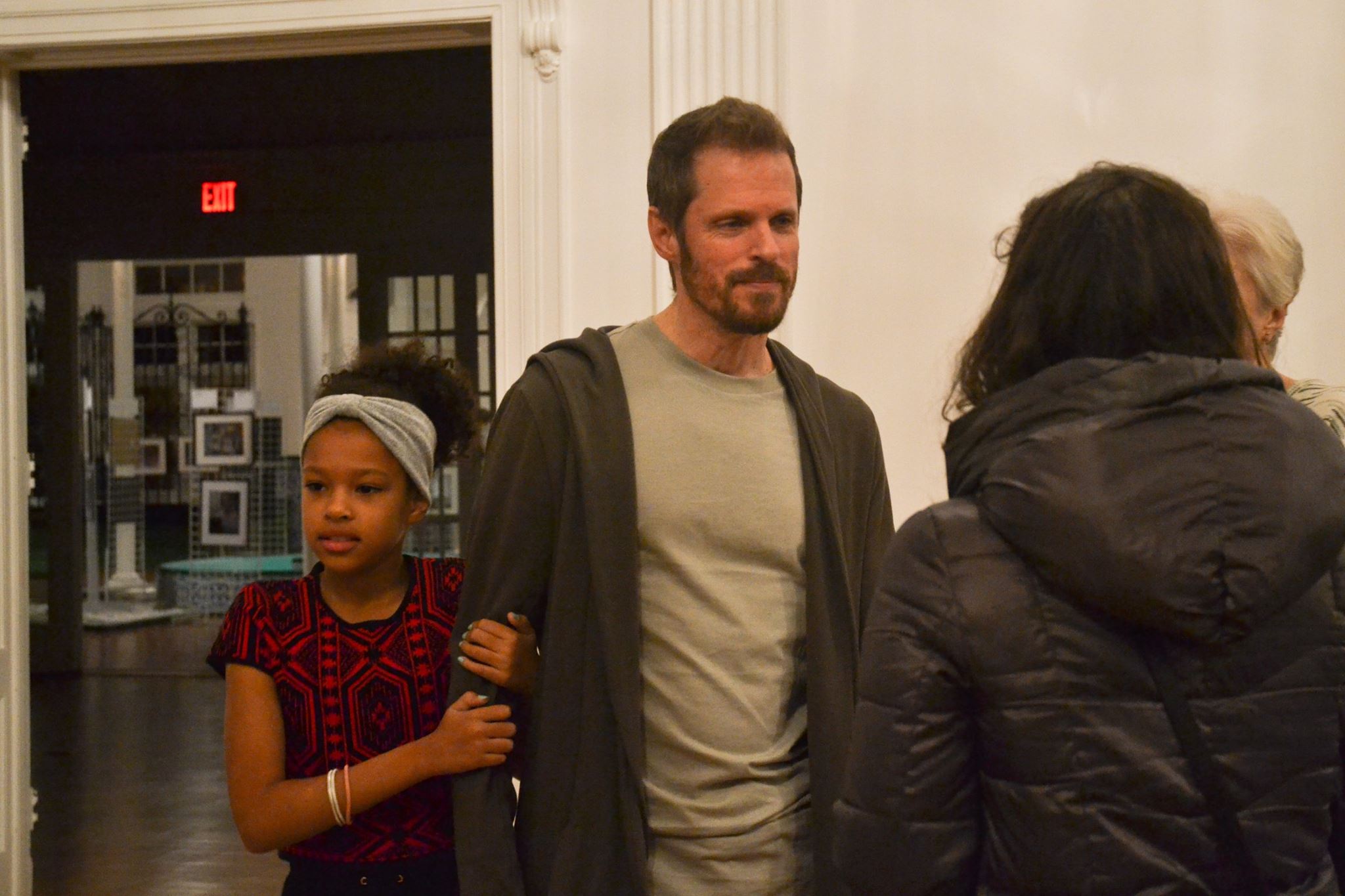By Bill Crandall
"To see the rot in no disguise, oh what a time to be alive"
Talk about art that is 'about something'. As Superchunk slides well into middle age, they come roaring back with a catchy-but-angry punk-pop fusillade of hooks and riffs that leave no doubt where they are aimed.
First Listen: Superchunk, 'What A Time To Be Alive'
It seems artists have sometimes struggled to respond to the scope of the great upheavals of the recent past. After 9/11 artists and musicians largely kept their heads down in the 'patriotic' furor. There were those all-star concerts to make us feel better, which is fine. But artists (like journalists) too often abandoned their contrarian impulses. Ask the Dixie Chicks - Bruce Springsteen was the only one to prominently come to their defense after they were blacklisted for speaking out against Bush. Tom Waits was one of the few singers to put what was going on into their work, and even he was pretty indirect and hesitant about it in the song "Day After Tomorrow".
Currently I'm reading "The Great Derangement" by Amitav Ghosh, about the absence of climate change as a topic of serious fiction and other arts. (It's something I'm thinking about and working on for a followup to my Mars concept album. What was going on back on Earth as humans made the great leap to space colonization? Was it calamity that drove them to consider leaving Earth forever?)
Where Is the Fiction About Climate Change?
All the more reason Superchunk's ferocious, melodic clarion call is so stirring. It's an un-hesitant punch in the face to those who, frankly, most deserve it. Using the tools and weapons they possess. And poignant coming from those one might presume to be weakened, on the decline. Will it matter, change anything? Well, only if you still believe that anything still matters. Music itself has never changed anything directly. But if it can change and bolster us, then who knows what we can do?


